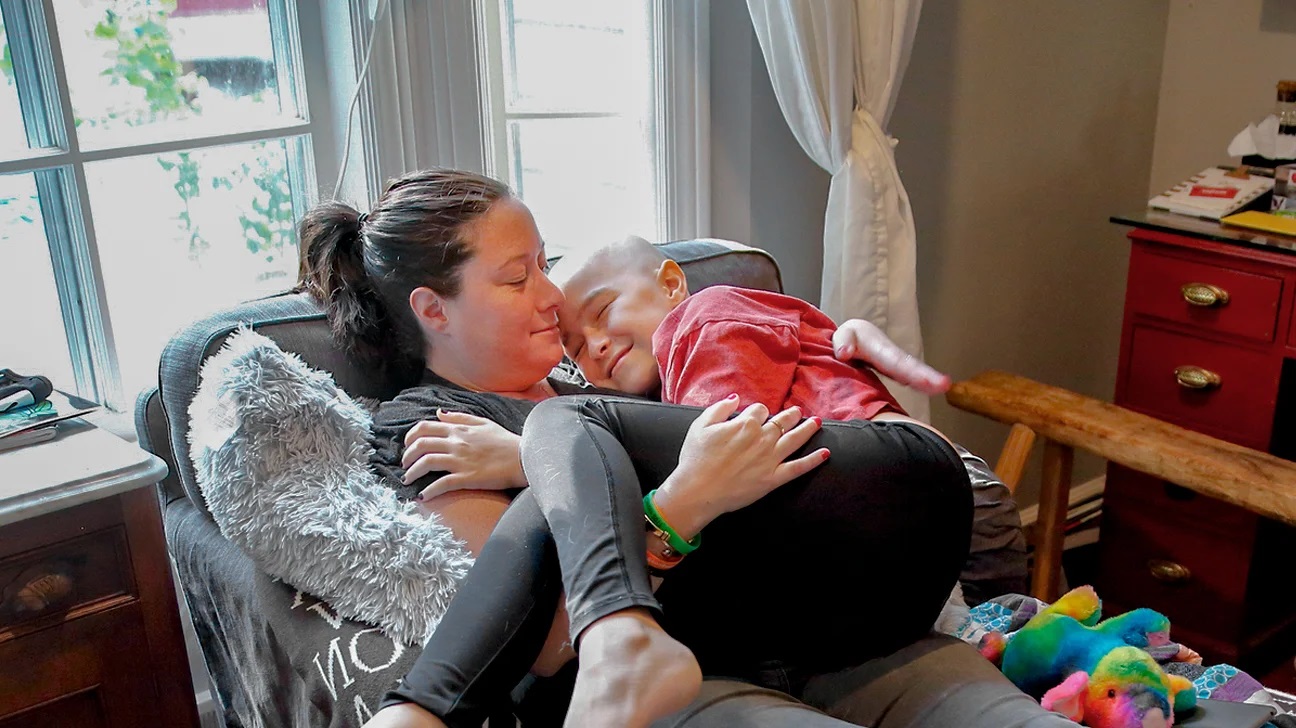
Leukemia Subleukemic is a type of blood cancer that often goes unnoticed because it doesn't show high white blood cell counts like other forms of leukemia. What makes it tricky? The symptoms can be subtle, such as fatigue, frequent infections, or unexplained bruising. Why should you care? Early detection can make a huge difference in treatment success. How is it diagnosed? Blood tests and bone marrow biopsies are key. What are the treatment options? They range from chemotherapy to targeted therapies. Want to know more? Keep reading to uncover 25 essential facts about this sneaky disease.
Key Takeaways:
- Leukemia subleukemic is a rare type of leukemia with subtle symptoms and normal white blood cell count, making it harder to detect. Early diagnosis and treatment are crucial for better outcomes.
- Treatment options for subleukemic leukemia include chemotherapy, radiation therapy, stem cell transplant, targeted therapy, and immunotherapy. Research continues to improve survival rates for this rare form of leukemia.
What is Leukemia Subleukemic?
Leukemia subleukemic is a type of leukemia where the white blood cell count remains normal or only slightly elevated. This makes it harder to detect compared to other forms of leukemia. Here are some intriguing facts about this condition.
- Leukemia subleukemic is a rare form of leukemia, making up a small percentage of all leukemia cases.
- Unlike other leukemias, subleukemic leukemia doesn't always show a high white blood cell count.
- Diagnosis often requires a bone marrow biopsy since blood tests may not reveal abnormalities.
- Symptoms can be subtle, including fatigue, fever, and unexplained weight loss.
- Subleukemic leukemia can affect both children and adults, though it is more common in adults.
Symptoms and Diagnosis
Understanding the symptoms and how this type of leukemia is diagnosed can help in early detection and treatment.
- Fatigue is one of the most common symptoms, often mistaken for other less serious conditions.
- Fever without an obvious infection can be a sign of subleukemic leukemia.
- Unexplained weight loss is another symptom that should not be ignored.
- Bone pain or tenderness can occur due to the accumulation of leukemia cells in the bone marrow.
- Frequent infections may happen because the immune system is compromised.
Treatment Options
Treatment for subleukemic leukemia varies depending on the patient's age, overall health, and the specific characteristics of the leukemia.
- Chemotherapy is a common treatment option, aimed at killing leukemia cells.
- Radiation therapy may be used to target specific areas where leukemia cells have accumulated.
- Stem cell transplant can be a potential cure, replacing diseased bone marrow with healthy cells.
- Targeted therapy uses drugs to attack specific vulnerabilities in cancer cells.
- Immunotherapy helps the immune system recognize and fight leukemia cells.
Risk Factors
Certain factors can increase the likelihood of developing subleukemic leukemia.
- Age is a significant risk factor, with most cases occurring in adults over 50.
- Genetic predisposition can play a role, especially if there is a family history of leukemia.
- Exposure to radiation or certain chemicals, like benzene, increases risk.
- Previous cancer treatment with chemotherapy or radiation can elevate the risk.
- Smoking has been linked to a higher incidence of leukemia.
Prognosis and Survival Rates
The prognosis for subleukemic leukemia varies widely based on several factors.
- Early detection significantly improves the chances of successful treatment.
- Age at diagnosis can affect survival rates, with younger patients generally having better outcomes.
- Overall health and the presence of other medical conditions can influence prognosis.
- Response to treatment is crucial; some patients may respond better to certain therapies.
- Ongoing research continues to improve treatment options and survival rates for those with subleukemic leukemia.
Final Thoughts on Leukemia Subleukemic
Leukemia subleukemic is a complex condition that requires awareness and understanding. Knowing the symptoms, risk factors, and treatment options can make a huge difference in early detection and management. Regular check-ups and being mindful of changes in your health are crucial.
Advancements in medical research continue to improve outcomes for those affected. Staying informed about the latest developments can provide hope and better strategies for dealing with this illness.
Support from family, friends, and healthcare professionals plays a vital role in the journey. Emotional and mental well-being are just as important as physical health.
By spreading awareness and supporting research, we can contribute to a future where leukemia subleukemic is better understood and more effectively treated. Stay proactive, stay informed, and support those who are battling this condition.
Frequently Asked Questions
Was this page helpful?
Our commitment to delivering trustworthy and engaging content is at the heart of what we do. Each fact on our site is contributed by real users like you, bringing a wealth of diverse insights and information. To ensure the highest standards of accuracy and reliability, our dedicated editors meticulously review each submission. This process guarantees that the facts we share are not only fascinating but also credible. Trust in our commitment to quality and authenticity as you explore and learn with us.
